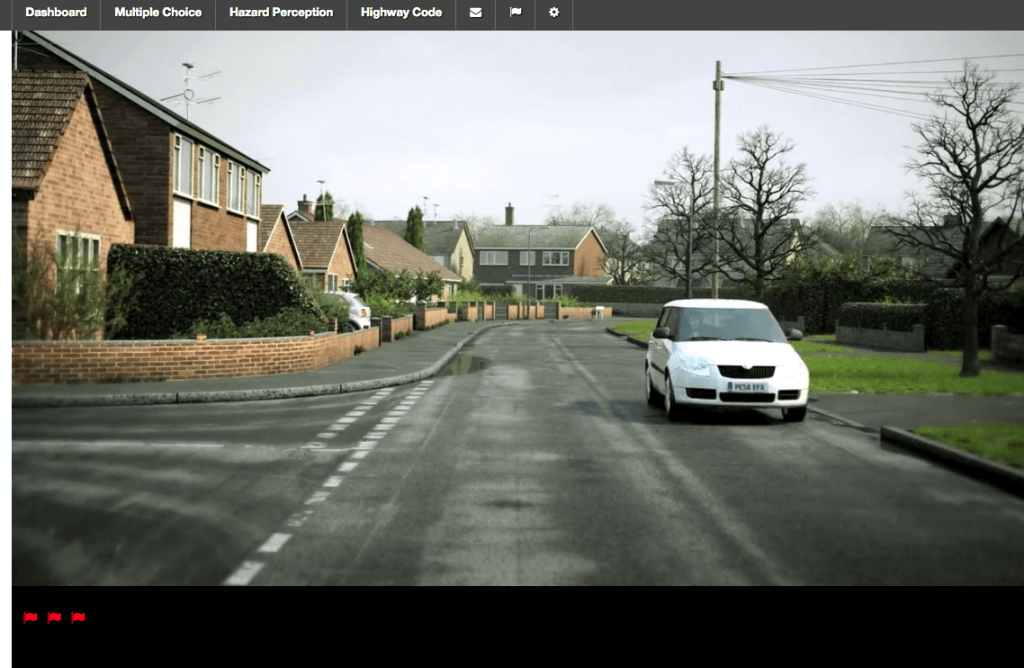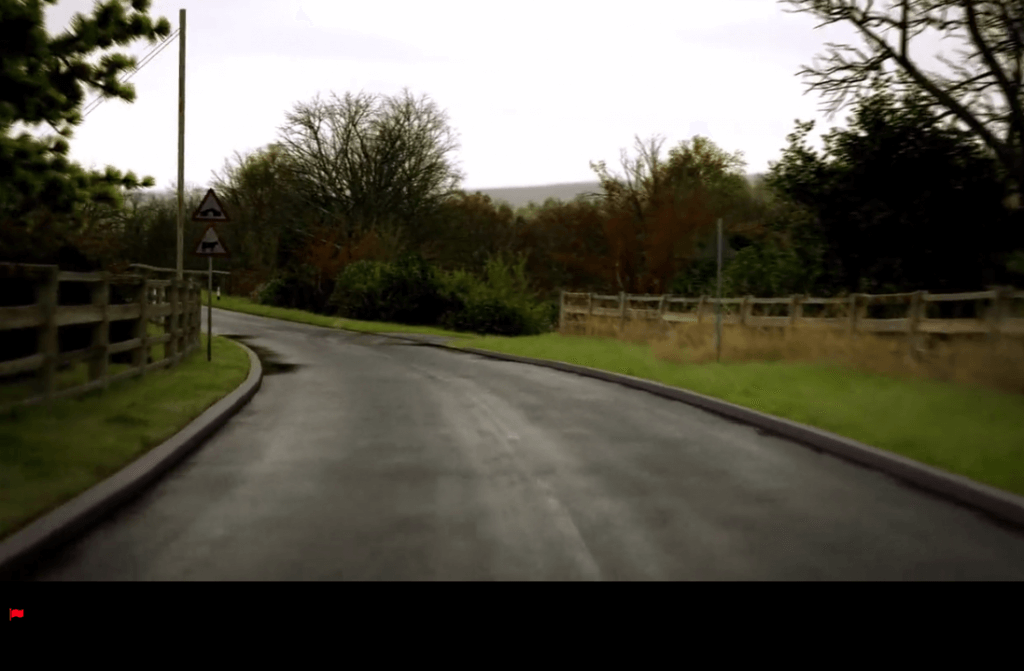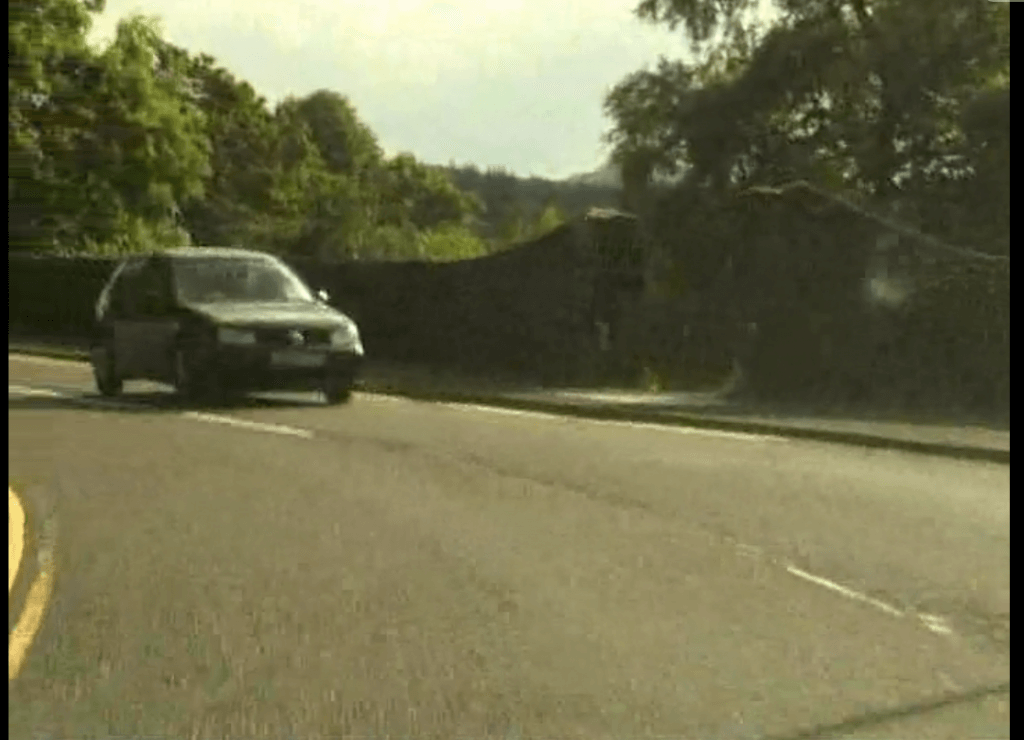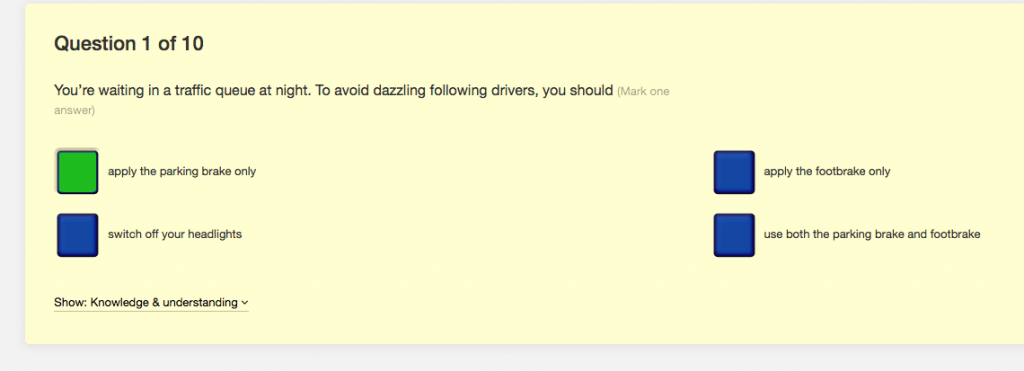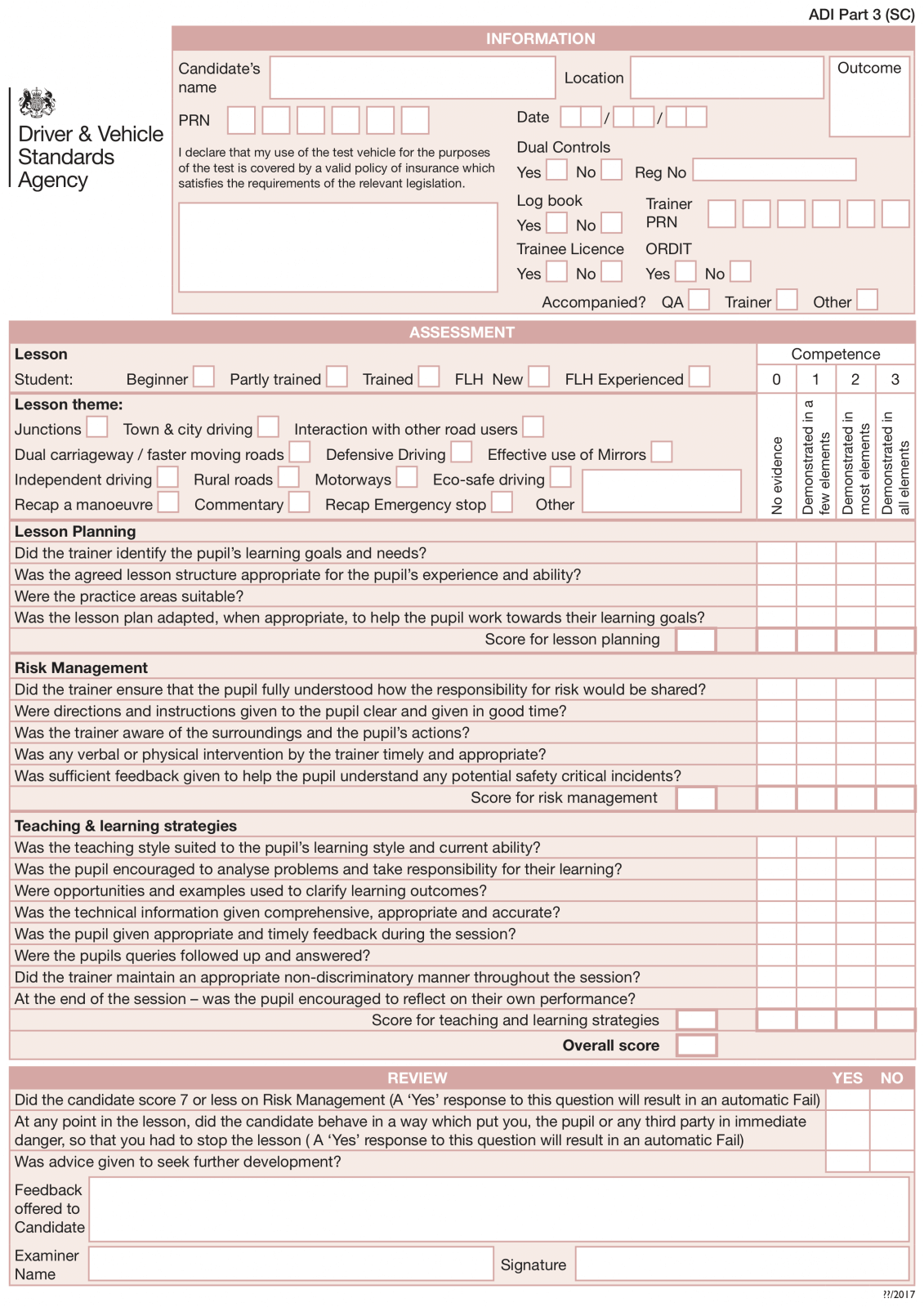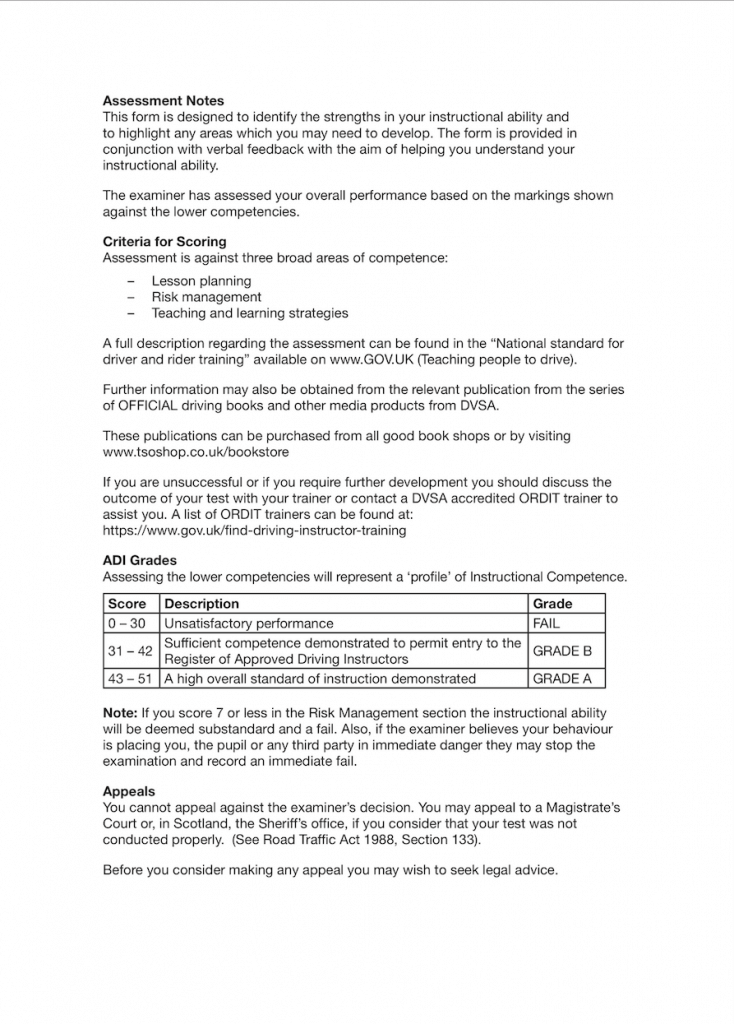The new ADI test is designed to help driving instructors and learners work together to achieve shared outcomes.
The Old Pre-Set Test
Most qualified driving instructors will be familiar with the old PST format. The test took one hour and required senior examiners to play the role of two different pupils: one beginner and one trained to test standard.
During the test, the potential driving instructor would be assessed on three core competencies: fault identification, fault analysis and remedial action. The test candidate would receive a grade of between 1 and 6 for each element, 1 being the lowest and 6 the highest.
Main Changes to the Part 3 Test
Roleplaying
One of the biggest changes to the examination is that there will no longer be any role-playing involved (even though this is no longer part of the part 3 test it still plays a key role in instructor training).
Instead of having to ‘teach’ a senior examiner, the trainee driving instructor will now deliver a real driving lesson to a person of their choice. This could be anyone from a beginner to a fully qualified driver. However, it mustn’t be someone who has taken the ADI part two test.
The test candidate will work with the learner to plan a lesson that meets a real life learning need. The lesson will be one hour-long and can be adjusted to meet learning opportunities as required.
Throughout the test, the potential driving instructor needs to be aware of the pupil’s actions and their surroundings to ensure a safe learning environment is maintained. Any critical mistakes made by the pupil must be addressed in a timely manner.
Core Competencies
Assessment will become competency-based. The three core competencies that will be examined are:
- lesson planning
- risk management
- teaching and learning strategies
There will also be a further 17 sub-competencies that fall under assessment too.
The new part 3 test has been designed to be more client centred. It places an emphasis on the driver and instructor sharing responsibility for the lesson. The DVSA hopes that the new approach will help learners to become more responsible drivers.
Part 3 Test Grading
Once the test has been completed the candidate will be graded on a sliding scale from 0 to 51 points. To achieve an A grade the potential driving instructor will need to be awarded 43 points or more.
For a B grade, the candidate will need to achieve between 31 and 42 points. While a score of less than 30 will result in the potential driving instructor failing the test.

